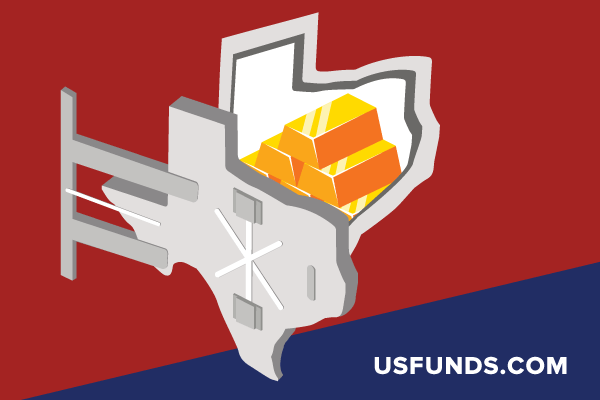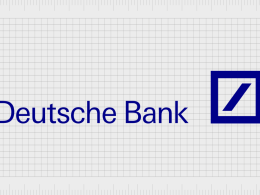Canadian dollar:
Neutral. Recently, the Canadian dollar has been largely disconnected from the price of oil. While oil has been in a consistent uptrend this year, the Canadian dollar has been generally weaker versus the U.S. dollar. The economic data have been mixed – employment data have softened while inflation and wages are showing improvement. The Bank of Canada left the overnight target rate unchanged in May, but appears set to continue gradually increasing rates moving forward.
U.S. dollar:
Neutral. We expect U.S.-dollar weakness over the long term as global monetary policy converges toward the current U.S. path and the Fed grows cautious due to softening inflation. As such, it is likely that investors will look for better investment opportunities elsewhere, with the resulting flows out of the U.S. weighing on the dollar. In this environment, we would consider shorting U.S. dollars. In the near term, however, we have moved to neutral as global growth has waned slightly and U.S. growth remains supported by fiscal stimulus.
Euro:
Neutral. Due to the broader U.S. trend noted above, we continue to expect further appreciation in the euro. In our opinion, pullbacks in the euro should be viewed as consolidation within a longer-term trend higher. However, until there is more clarity on the political situation in the European periphery, we are neutral, despite the euro’s current valuation.
Yuan:
Neutral. The U.S. dollar/yuan exchange rate traded in a range of 6.3 to 6.4 for most of May,† and we believe its performance will continue to be driven by the movement of the U.S. dollar and, to a lesser extent, by corporate capital flows. With the trade friction between the U.S. and China reduced for now, policy uncertainty related to the exchange rate has eased. European data releases and market risk sentiment are likely to have more influence on U.S.-dollar strength (and the performance of the yuan) going forward. In the near term, we continue to expect the U.S. dollar/yuan exchange rate to trade in the range of 6.3 to 6.5.
Japanese yen:
Neutral. The global backdrop of above-trend growth and low inflation is likely to make the Bank of Japan reluctant to aggressively tighten monetary policy. Macro risks are centred on geopolitical developments (U.S.-China trade tensions, the U.S.-North Korea relationship, Brexit discussions, U.S. tariffs and the Iran nuclear deal, to name a few). An unexpected outcome to any of these could lead to a flight to quality, which has historically benefited the yen.
British pound sterling:
Neutral. The tone of ongoing Brexit negotiations is likely to dictate sentiment as we approach the June EU summit. There is potential for both internal politics within the Conservative party and external politics, such as discussions with EU members, to negatively impact sterling in the run-up to this event. In the meantime, the U.K. economy continues to underperform on a relative basis. However, as the Brexit picture becomes clearer (our base case is for a soft Brexit at worst), we expect sterling to appreciate.
Australian dollar:
Neutral. The Reserve Bank of Australia (RBA) held rates steady at its May meeting, with its statement having very few changes from previous months. According to its quarterly Statement on Monetary Policy, the RBA continues to expect above-trend economic growth and gradual improvement in inflation and wage growth. It remains concerned with consumer spending but much less so than previous statements suggested. The latest budget features increased government spending and tax cuts, which should boost the economy. The RBA continues to stress “patience” in its statements and will likely leave rates unchanged for the foreseeable future.
Indian rupee:
Neutral. The rupee has experienced a significant sell-off in recent weeks. In our view, this sell-off has been largely driven by the increase in crude oil prices, foreign portfolio outflows and investor fears of a higher current account deficit. Although the country’s growth outlook remains favourable, the outlook for the rupee remains uncertain. We believe risks are tilted to the downside due to U.S.-dollar appreciation, rising crude oil prices and a widening current account deficit.
This post was originally published at Invesco Canada Blog
Copyright © Invesco Canada Blog
















